Copenhagen is a port city on the large island of Zealand in eastern Denmark with water present all around. This post starts from near Langelinie Pier in the north part of Copenhagen, a quay developed in the late 19th century to handle larger ocean going vessels of the time. This area is where cruise ships dock today.
This route is one you will see if you walk Copenhagen on the waterfront from Langelinie with The Little Mermaid statue to the colorful buildings of Nyhavn, Copenhagen’s #1 attraction as listed on TripAdvisor. I simply snapped photos on my walk and researched what I had seen to create this article with tourist site information and some Danish history.
View from Kastellet, the Citadel fort. Copenhagen Harbor is still mostly industrial on the other side of the channel running along the north part of the city. The westerly harbor waterfront north of central Copenhagen is developed with public art, museums, churches, park space and residences.
Dockworkers Memorial for lives lost working on the docks of Copenhagen.
The Little Mermaid (1913) statue by sculptor Edvard Eriksen is one of Copenhagen’s biggest attractions. The bronze statue is 4.1 ft. tall and weighs 175 kg. If you don’t make it to the city harbor location, you can find a half-size working model in Copenhagen Airport originally used by sculptor Eriksen in his creation of the full size sculpture.
Whereas the first part of my walk through Copenhagen was dominated by the architectural works commissioned by Christian IV in the early 1600s that shape modern Copenhagen today, the Copenhagen port waterfront around Langelinie is dominated by art commissioned in the early 1900s by Carl Jacobsen, son of the Carlsberg Brewery founder. A great lover of art, Carl Jacobsen established a foundation in 1902 to promote and develop art featuring Danish artists.
Ny Carlsberg Glyptotek is Copenhagen’s art museum founded by Carl Jacobsen in 1882. The museum houses the most important collection of Rodin sculptures found outside France. Museum website in English. Ny Carlsberg Glyptotek is located across from Tivoli Gardens near Copenhagen Central Station.
Ivar Huitfeldt Column (1886) is another sculpture commissioned by Carl Jacobsen in a design contest. The memorial honors Admiral Huitfeldt and 497 men who died in a naval battle against the Swedes on October 4, 1710 during the Great Northern War. This is an example of how a photograph helps me learn history. Most of the references to this column called it the Sailor’s Memorial. In a way it is a memorial to Danish sailors, but there is much more historical significance to the monument.
Denmark and Sweden wars for Baltic Supremacy in 17th and 18th centuries
Denmark-Norway was the dominant nation in control of the Baltic Sea in the 1500s during the Reformation when wars between Catholics and Protestant forces raged across northern Europe. Denmark’s control of both sides of the Oresund Strait, aka The Sound, between Sweden and Denmark meant it controlled the fees charged for shipping traffic through the channel. Denmark controlled Norway and parts of the southwest coast of modern Sweden and all three waterways between the Baltic Sea and the Atlantic Ocean required payment of Danish taxes on the value of cargo. Heavy trade in grain between Poland and the Netherlands was subject to Danish shipping taxes for traffic between the Baltic and the North Sea.
Oresund Strait is primary route for ship traffic between Baltic and North Seas.
Sound Dues, shipping taxes on foreign traffic through the Oresund Strait, provided the majority of income for the Danish crown from 1429 into the mid-1800s when waterways were opened to free international shipping through the 1857 Treaty of Copenhagen, in part due to the USA unilaterally declaring it would no longer pay Sound Dues on American merchant vessels.
The width of the Sound between Denmark and Sweden at only 4km at its narrowest point meant fortresses on both sides of the channel could sink any vessel that did not stop in one of the ports to pay Sound Dues. Christian IV raised Sound Dues on foreign ships passing through the Baltic and North Seas in the 1630s. This motivated the Netherlands, reliant on grain from Poland during its war for independence from Spain to side with Sweden in war against Denmark. Sweden gained dominance over shipping trade in the Baltic. The pendulum shifted again around 1700 when the Great Northern War pitted Denmark and Russia against Sweden, resulting in the rise of Russia’s dominance of the eastern Baltic, Denmark’s re-ascendance in the western Baltic and Sweden’s decline as the dominant power of Scandinavia. European nations sought to temper Denmark’s control of the waterways and helped establish the modern boundaries of the Scandinavian countries with Sweden controlling one side of the Oresund Strait and Denmark the other side to mitigate the heavy taxing of trade.
Denmark’s Creation in Norse Mythology
The largest sculpture in Copenhagen is Gefion, the Norse Goddess in mythology who created Zealand, the island where Copenhagen is located. The story goes that King Gylfi of Sweden promised Gefion all the land in Sweden she could plough in a day and night. She turned her four sons into oxen and they ploughed so deep into the earth, the land was cast into the sea and created Zealand. The myth also accounts for the large lakes in southern Sweden where Gefion ploughed the earth away.
Gefion and her oxen
Gefion statue in front of St. Alban’s, the Anglican Church at Churchill Park.
The Copenhagen tourist map route I was following took me past St. Alban’s Anglican Church (1885-1887) and into Churchill Park, away from the waterfront. There are several statues in Churchill Park. Valkyrie caught my eye.
Valkyrie in Norse Mythology are female figures who choose who will die and who will live in battle.
Valkyrie (1908) – Artist Stephan Sinding at Churchill Park, Copenhagen.
Design Museum of Denmark on Bredgade. 100 DKK admission. Outside the museum gate were street manhole covers with detailed design.
These little touches of style are to be found all over when you look closely enough at ordinary things in Copenhagen.
Beauty is seen in the streets of Copenhagen, in the architecture and the people.
Alexander Nevsky Church
Princess Dagmar of Denmark married Alexander Alexandrovich of Russia in 1866 after she converted from Lutheran to Orthodoxy. She had been engaged to Tsarevich Nicholas Alexandrovich of Russia in 1864, the elder brother of Alexander. Nicholas died from meningitis in 1865 and Dagmar married Alexander. They became Tsar Alexander III of Russia and Tsaritsa Maria Feodorovna in 1881. Her first child was Tsar Nicolas II, the last monarch of Russia.
Alexander Nevsky Church (1881-1883) at 53 Bredgade is the only Russian Orthodox Church in Copenhagen. Its construction was financed by Tsar Alexander III.
Frederik’s Church (1749-1894) aka The Marble Church
Frederik’s Church holds a prominent location in Copenhagen near the Royal winter palace of Amalienborg. Frederiksstaden was a new Copenhagen development designed by architect Nicolai Eigtved in 1740 to commemorate the 300th anniversary of the House of Oldenburg, the Danish Royal family still in existence today. His introduction of French rococo architecture style to Copenhagen in the 1730s and 1740s created one of the best preserved spaces of this art form in Europe.
The foundation stone for Frederik’s Church was laid by King Frederick V on October 31, 1749. Architect Nicolai Eigtved’s original design for the church planned to use mostly marble. Eigtved died in 1754. Budget cuts and slow construction resulted in the project being abandoned in 1770. The church frame stood as a ruin for over a century until Denmark’s Finance Minister in 1874 cut a deal with a wealthy Copenhagen industrialist, Carl Frederik Tietgen to buy the church and surrounding land with the stipulation he personally finance the completion of the church, turn the church over to the state and he could profit from the real estate development. The transaction resulted in finance minister Krieger being charged in court with corruption, tried and acquitted.
Tietgen hired Danish architect Ferdinand Meldahl to complete the construction to Nicolai Eigtved’s original plans with the substitution of limestone for marble throughout much of the church. The church was completed and opened in 1894.
Frederik’s Church – Marble Church, Copenhagen
Amalienborg Palace
Frederik’s Church is symmetrically aligned to the four main palace buildings of Amalienborg Palace, due east of the church.
Amalienborg Palace symmetry is not seen in my photo above. The palace building to the left has three identical buildings on an X pattern around the equestrian statue of Frederik V. The palace building on the right has scaffolds and draped roof for construction work.
Two of the Palace buildings looking back to Frederik’s (Marble) Church. Notice there are red guard huts beside the large doors.
Royal guard soldiers with guns stand outside the front doors of one of the Amalienborg Palace buildings looking a lot like the Queen’s guards in London. Margrethe II of Denmark has reigned as Queen since January 14, 1972. She was born at Amalienborg Palace.
King Frederick V Equestrian Statue at Amalienborg Palace
King Frederick V (1723-1766) reigned for 20 years from 1746-1766. His reign was known for orgies and drinking and staying out of European wars. He delegated management. He was popular with the people.
The equestrian statue of Frederick V at Amalienborg Palace was erected five years after his death in 1771. French sculptor Jacques Saly (1717-1776).
On the Waterfront at Amalienborg Palace is a fountain in line with Frederik’s Church and the Copenhagen Opera House across the city water channel.
Copenhagen Opera House (2001-2004)
Copenhagen Opera House is considered a state of the art theater and an expensive neo-futurist architecture project designed by Henning Larsen (1925-2013) at a construction cost of more than $500 million USD.
The return to the Copenhagen waterfront near the Admiral Hotel is an area of the city port with wooden mast sailing vessels. In a country composed of hundreds of islands, seeing Denmark by boat seems the authentic transportation mode. I spent close to a month in Denmark, Norway and Sweden in the past 13 months and I never took a boat ride.
Sailing ship tour boats outside Admiral Hotel, Copenhagen. The sweater wearing couple in the photo surprised me when they climbed on one of these ships and went down the hatch.
Admiral Hotel Copenhagen
The Admiral Hotel caught my attention due to the waterfront passage being closed for construction and I had to walk 100 meters back to a passageway to get around a large warehouse building. That 18th century historic warehouse was converted into the Admiral Hotel. TripAdvisor ranks Hotel Admiral #26 of 126 hotels in Copenhagen.
Nyhavn, Copenhagen’s #1 attraction via TripAdvisor
Three things about Nyhavn are colorful buildings, lots of restaurants and bars with outdoor café seating, and boat tours.
I saw 60 minute boat tours priced at 40 DKK ($6.10 USD).
Honestly, I did not see much appeal to Nyhavn. This place must be insanely crowded in peak summer based on how crowded less touristy spots I visited in Copenhagen were in July. Nyhavn is a good place to pick up a boat, snap some color photos of the houses and find somewhere less crowded to eat.
I intentionally stayed on the side away from all the restaurants and bars as I walked along the dock back into the center of Copenhagen.
Royal Danish Theater
Another Frederick V era building designed by Architect Nicolai Eigtved in 1748 was the Royal Danish Theater. The original theater was demolished when the theater was rebuilt in 1874.
Royal Danish Theater venues include Old Stage, located by Kongens Nytorv and seen from the street in photo above, the Opera House and the Royal Danish Playhouse at Nyhavn Canal in the area along the waterfront that was restricted access due to construction work.
And I’ll leave you with a bit of Danish whimsy seen at a construction site near Nyhavn.
Copenhagen Trilogy
You may find yourself traveling to Copenhagen Airport. Part 1 – Are you experienced? CPH Airport, train transportation, central Copenhagen, Hotel Skt. Petri Ascend Collection, food and beer cost in Copenhagen.
Copenhagen Get Your Mind Together then come on across Part 2 – Walking Tour through Christian IV era (1588-1648) in modern Copenhagen


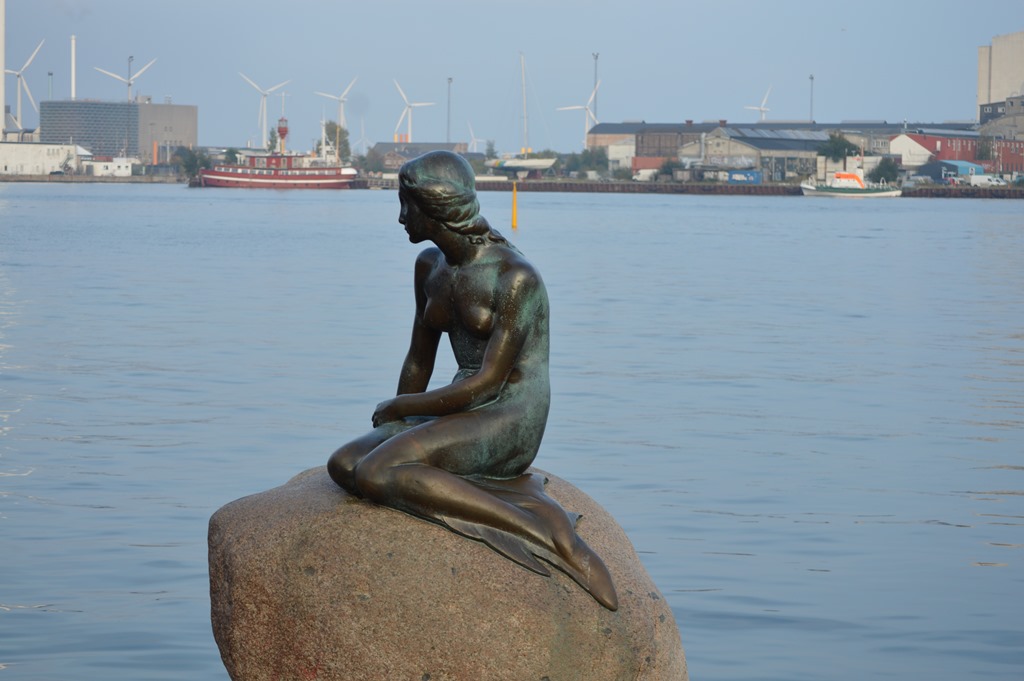
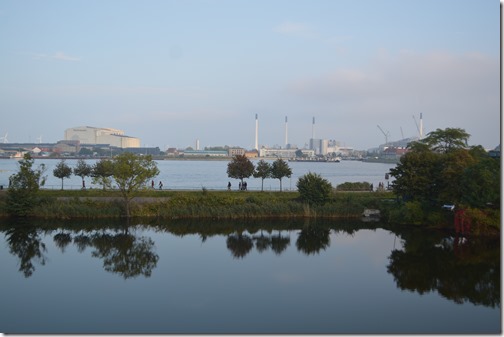
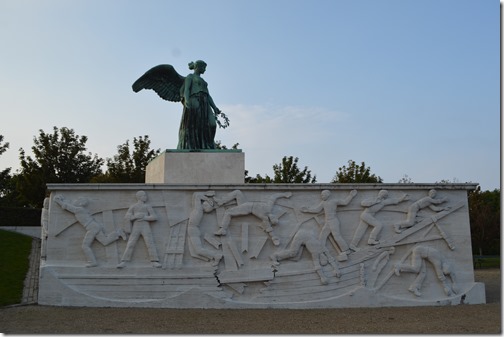
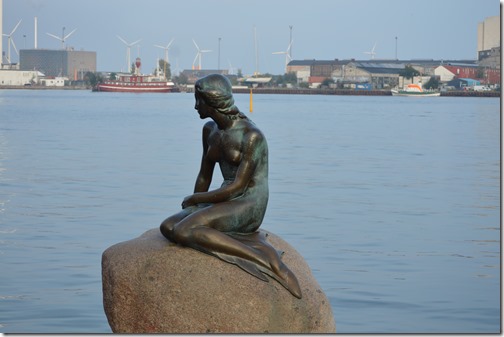
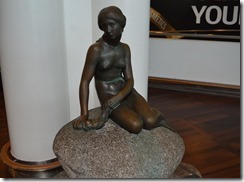
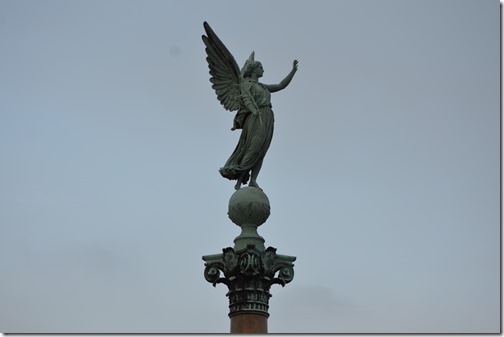
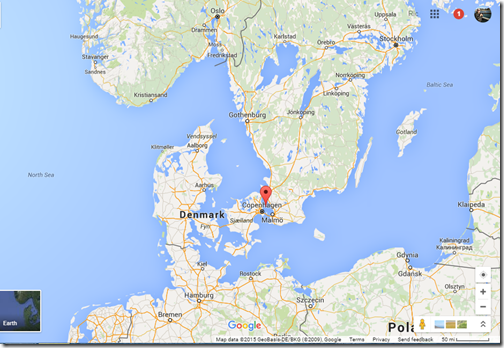
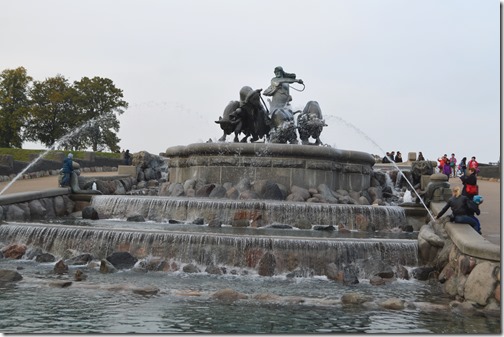
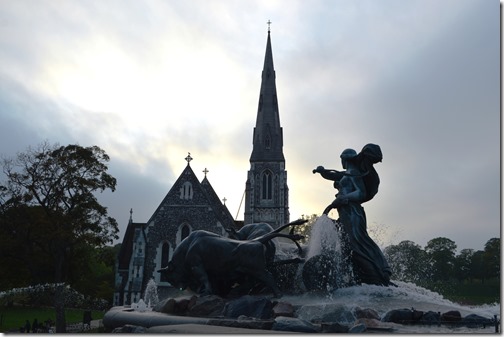
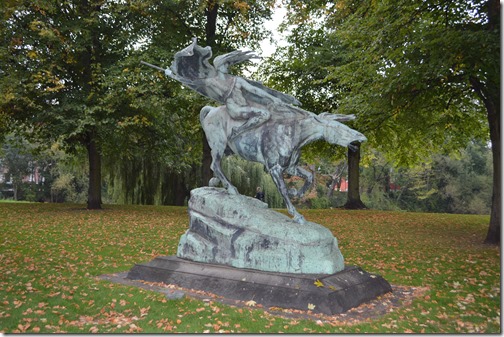
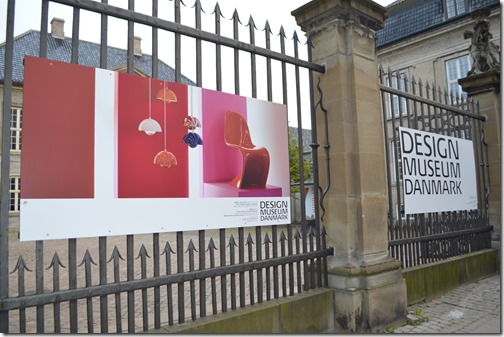
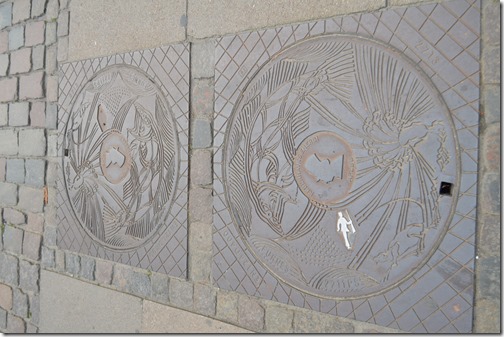
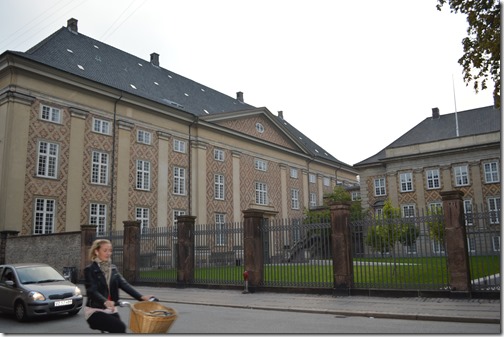
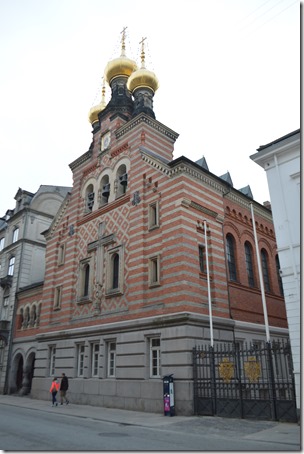
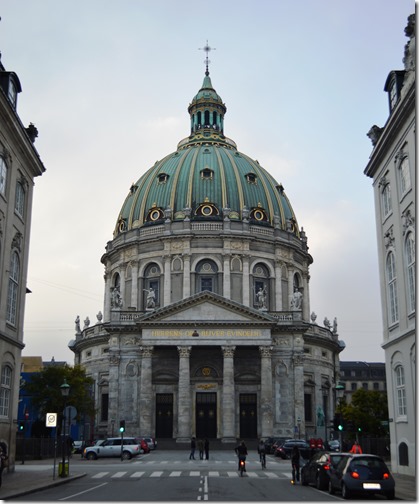
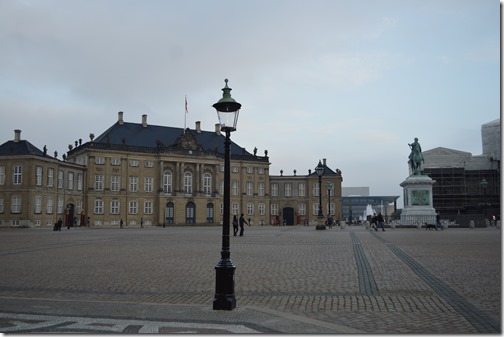

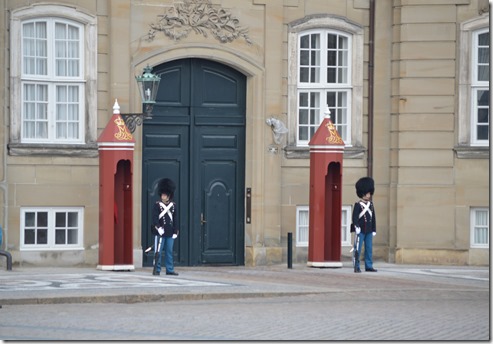
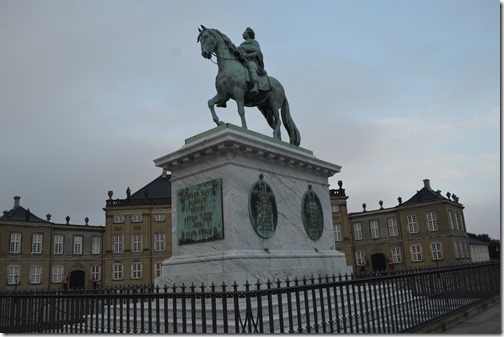
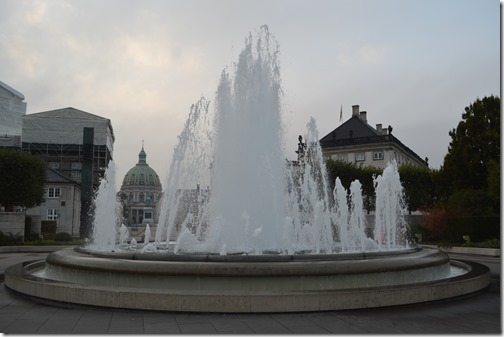
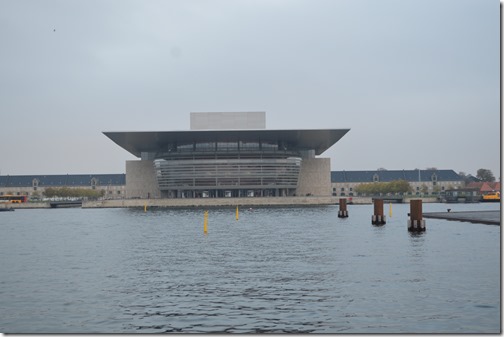
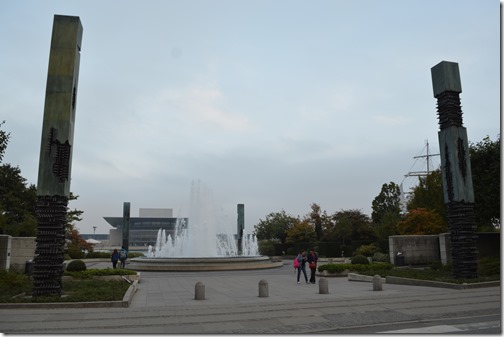
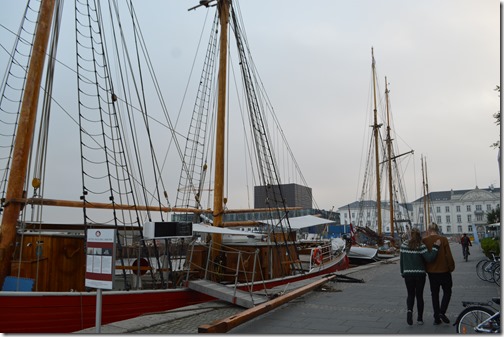
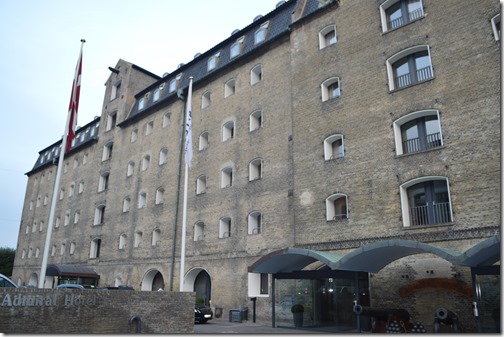
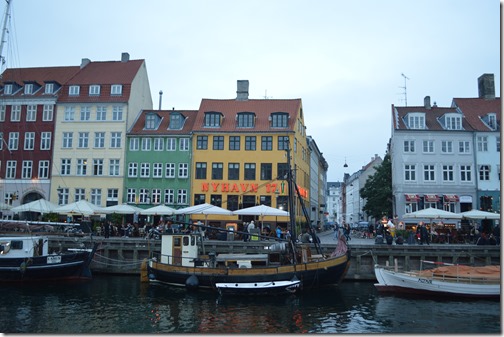
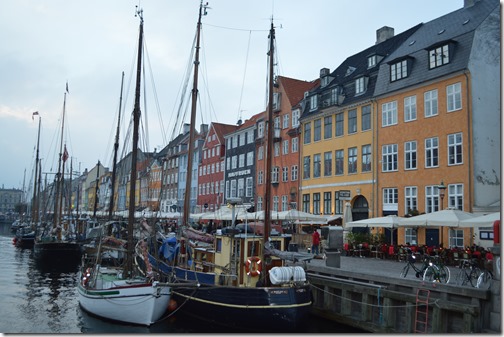
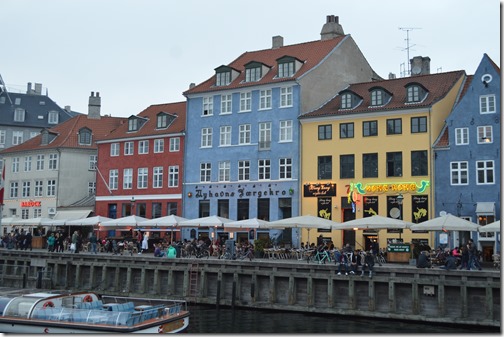
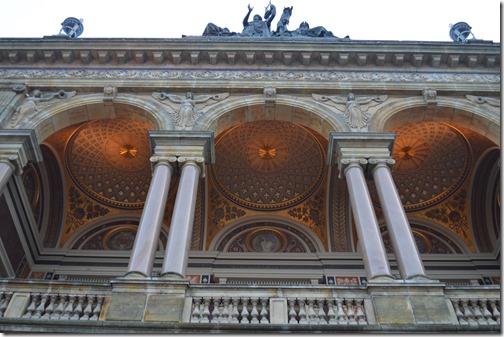
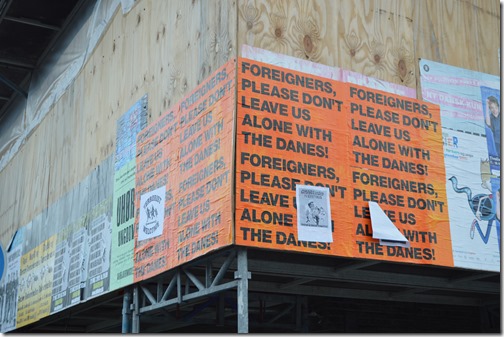

2 Comments
Comments are closed.